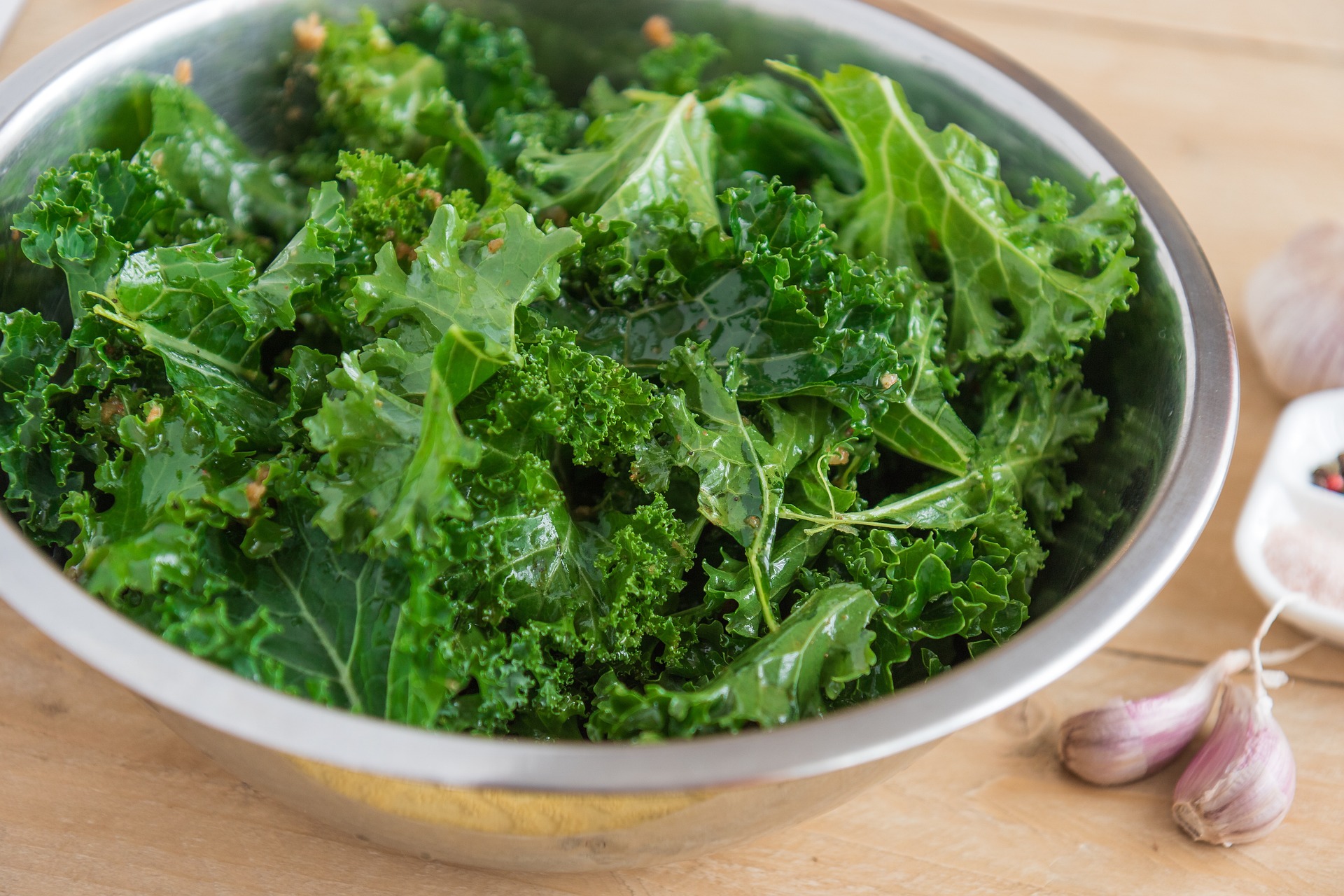According to the CDC, only 10% of American adults consume enough fruits and vegetables to meet the federal nutritional guidelines. For those over the age of 65, eating a healthy diet is even more essential for good health. Good nutrition is good for fighting against disease, for building strength, and maintaining mental clarity – but during flu season, the most significant benefit is boosting immunity. Fruits and vegetables are delicious, easy to consume and come in a wide variety of choices, meaning that nearly everyone can find something they like. One of the best ways to consume the nutrients you need is by adding leafy greens to your diet.
This article will explore the benefits of these green superfoods and teach you some new ways to integrate them into your diet and keep yourself healthy.

Leafy Greens During Flu Season
The category of leafy greens encompasses a wide variety of plants and vegetables available at any market, with over 1000 total healthy species identified around the globe. Most of these greens are rich in antioxidants and fiber, showcasing dark-colored leaves that offer higher antioxidant levels than most foods. Leafy greens are also beneficial in moderating body weight and reducing heart and cardiovascular strain.
Spinach: Spinach is known to deliver potent nutrition to keep bodies strong. Spinach is versatile and is used in many types of recipes and dishes, even if many people don’t like the taste. Spinach is rich in vitamins A and K and is even more nutritious when cooked, boosting its nutritional benefits even more. Adding garlic enhances the health benefits at the dinner table, while adding it to a smoothie provides a mild but vitamin-packed boost.
Kale: People seem to either love or hate kale, but its popularity has risen exponentially over the last decade. But according to health experts, the praise that kale gets is well-deserved. This leafy green vegetable is one of the most nutritionally-rich foods available and is exceptionally easy to include in your diet. Kale is dense in Vitamin A, Vitamin C, Vitamin K, and fiber. The best way to consume kale is raw, which makes it difficult for many people to warm up to. Even so, integrating this superfood will enhance the nutritional content of your diet and help you attain health goals.
Lettuce: While iceberg and romaine are the two most common varieties of lettuce, there are many to choose from. Lettuce is an exceptional all-around super green that offers an excellent water content and therefore represents fewer calories than most other vegetables – without sacrificing a wide range of nutrients and vitamins.
Microgreens: One of the newer nutritional buzzwords is microgreens – vegetables and herbs harvested before they reach full maturity. Basil, kale, and arugula are all popular microgreens, which because of their smaller size, are often used only as a garnish. But they are actually even more nutrient-dense than their larger, full-grown counterparts – in fact, a single healthy serving of microgreens can easily help boost your daily vegetable intake well above the FDA-recommended level.
If you are a senior citizen dedicated to living a healthy and robust life, consider adding leafy greens and other superfoods to your daily diet. By maintaining good health during flu season, your immune system is more capable of fighting off any illness that comes your way. But food alone may not be enough, so be sure to check with your doctor about any vaccines or medications that may be recommended.
A Banyan Residence is an assisted living and memory care center located in The Villages, Florida.






